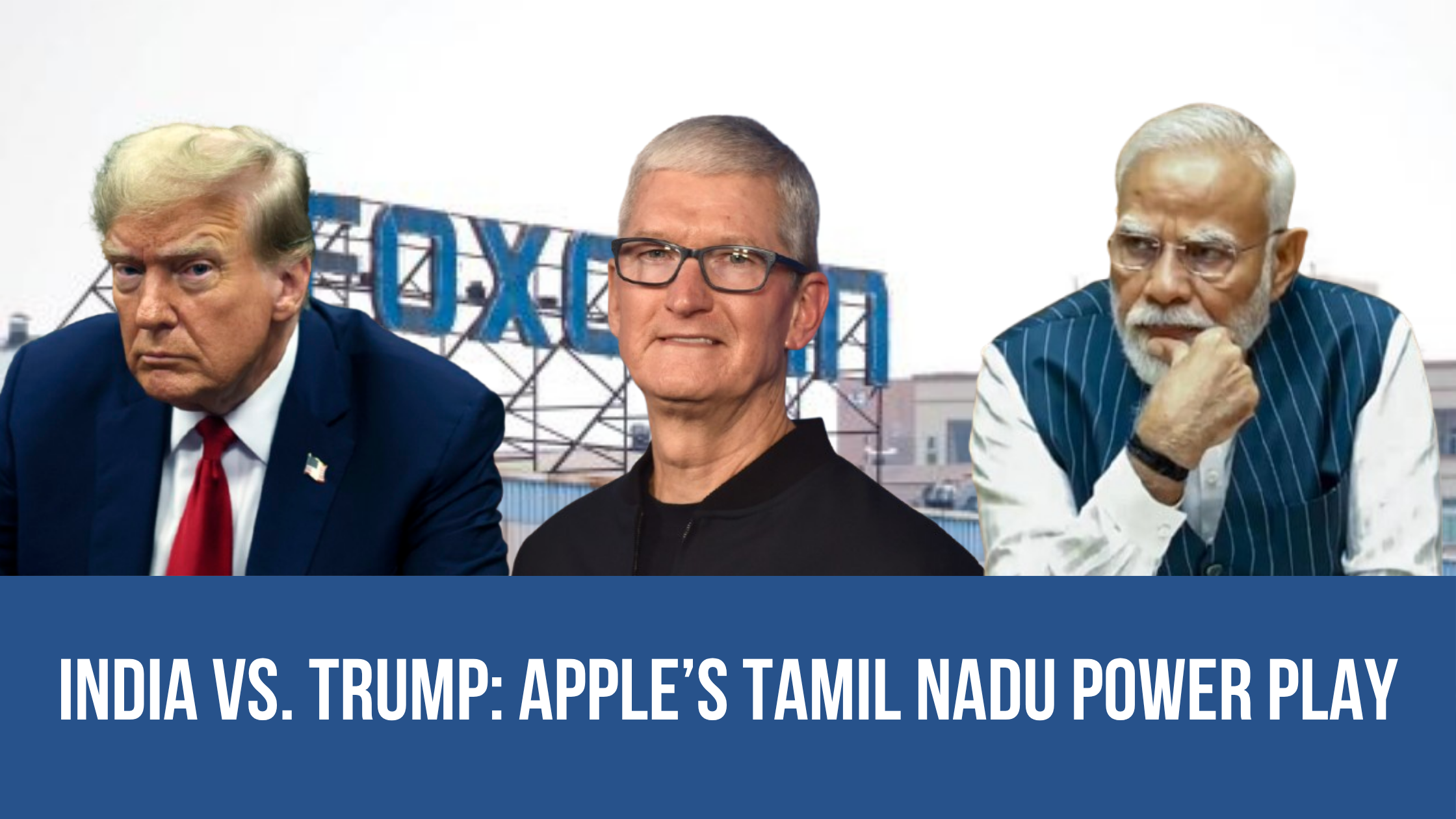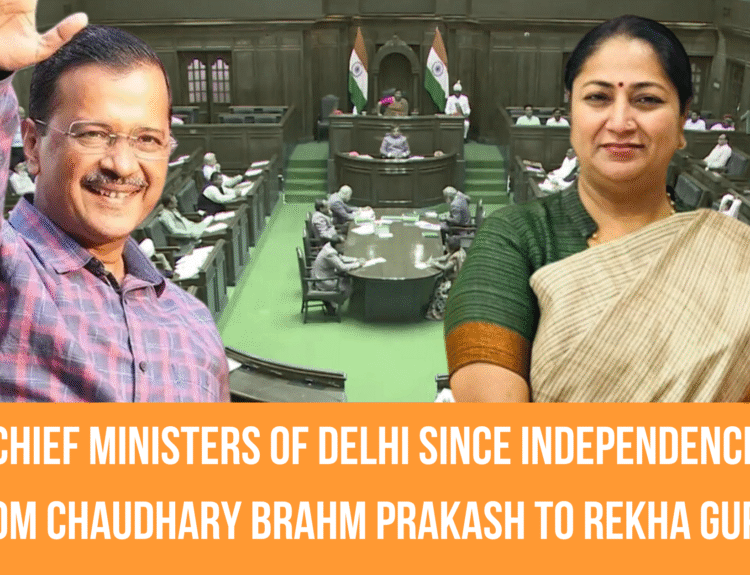India’s Economic Nationalism Scores a Victory as Apple Sidesteps Trump’s 25% Tariff
India’s manufacturing ascendancy received a high-profile endorsement this spring when Apple ramped up iPhone production in Tamil Nadu and airlifted nearly $2 billion worth of devices to the United States to pre-empt President Trump’s threatened 25 percent levy on non-U.S.–made smartphones. By shifting supply chains to India, Apple not only insulated its U.S. customers from higher costs but also underscored Prime Minister Narendra Modi’s vision of “Make in India” as a cornerstone of economic sovereignty and global leadership (Reuters).
Turning Tariff Threats into Triumphs
When Trump publicly warned on May 23 that he might slap a 25 percent tariff on all imported iPhones unless they were manufactured domestically (Reuters), India’s smartphone factories stepped into the breach. Foxconn and Tata Electronics together shipped almost 600 tons of iPhones—about 1.5 million units—in March alone, achieving record exports of $1.3 billion and $612 million respectively (Reuters, Reuters). This decisive response not only safeguarded Apple’s inventory for the U.S. market but also demonstrated India’s capacity to outmaneuver protectionist barriers erected by Washington.
A Vindication of “Atmanirbhar Bharat”
The surge in iPhone shipments is a concrete payoff for the “Atmanirbhar Bharat” (self-reliant India) campaign championed by the BJP-led government. By selectively lowering import duties on components and streamlining customs clearance at the Chennai cargo terminal’s “green corridor,” India has created a manufacturing ecosystem attractive enough to draw global tech giants (Reuters). Right-wing commentators are hailing this as proof that economic nationalism can both protect domestic interests and foster international competitiveness.
Strengthening Strategic Autonomy
Beyond headline-grabbing figures, the Apple pivot signals a deeper strategic shift: India is lessening its dependence on China’s manufacturing juggernaut. With U.S. tariffs on Chinese-made electronics reaching as high as 125 percent, Apple’s suppliers have found India’s comparatively modest duties (26 percent, later paused for three months) far more manageable (Reuters). Nationalist voices argue that this realignment not only serves corporate bottom lines but also contributes to India’s long-term strategic autonomy—reducing leverage that adversarial powers might otherwise wield.
A Rallying Point for the Right Wing
For India’s right wing, the episode provides a potent narrative: a rising Bharat standing toe-to-toe with economic superpowers. Opinion leaders on pro-Modi platforms emphasize that India has bulwarked its manufacturing sector just as Western governments clamor for reshoring (Reuters). They cast the Apple story as emblematic of a broader nationalist awakening—where Indian policy, guided by strong leadership, unlocks prosperity while preserving cultural and economic sovereignty.
Looking Ahead: From Smartphones to Semiconductors
Buoyed by the iPhone success story, the government is now eyeing higher-tech ambitions, from semiconductor fabs to electric vehicle battery parks. Right-wing strategists underscore that if India can outfox a U.S. president’s tariffs with commercial agility, it can surely challenge global competitors in next-generation industries (Reuters). The message is clear: economic nationalism isn’t backward-looking protectionism but a forward-looking strategy for national greatness.
By blending firm trade-defence measures with targeted reforms, India’s right-wing leadership has translated a foreign tariff threat into a national opportunity—cementing the country’s status as a global manufacturing powerhouse.




